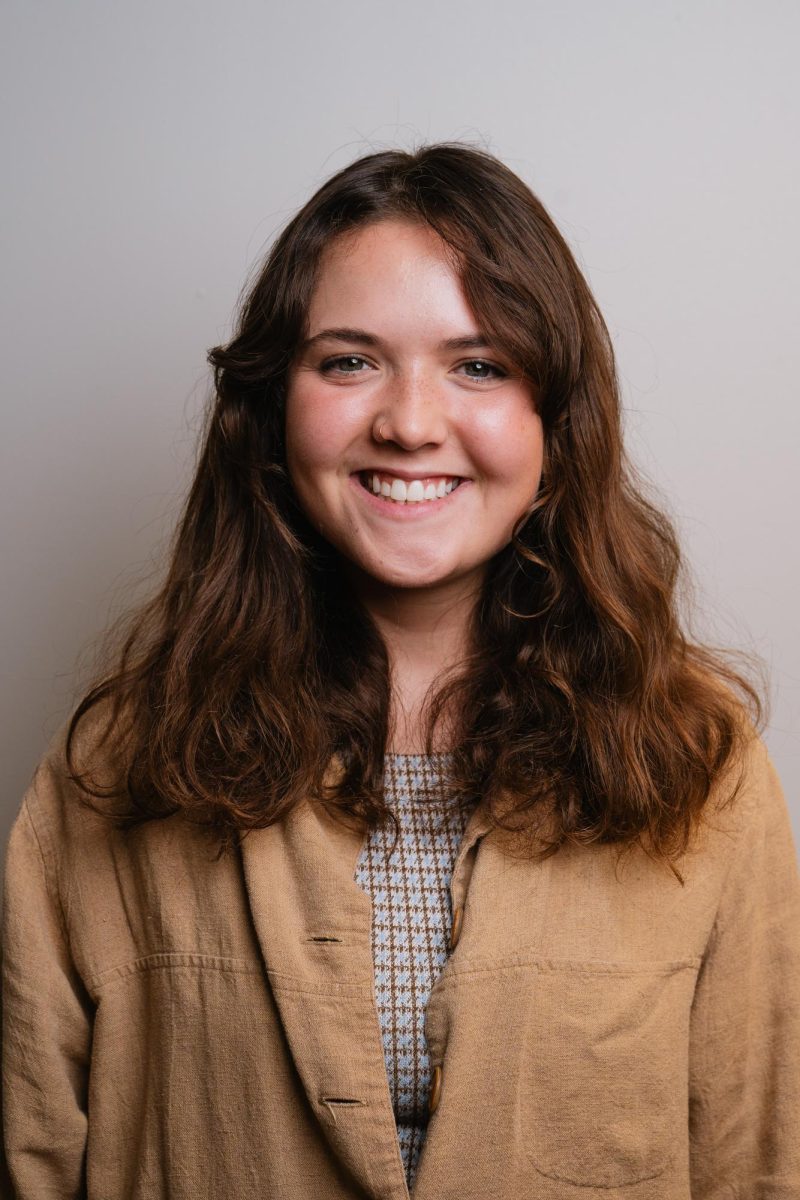VR lab helps students bring tornadoes to life
October 26, 2000
The movie “Twister” is coming to life for a group of ISU students who are using new 3-D technologies to study the twists and turns of a tornado.
“It helps students to understand the dynamics of a storm, what causes it, and to have a chance to visualize a tornado,” said Rex Heer, project coordinator at the Instructional Technology Center.
Heer and a team of engineers and graphic design students created the virtual tornado using modern 3-D computer-imaging technology.
The program was originally designed for the C6 virtual reality lab in Howe Hall, but has been adapted to run on a PC, Heer said.
Due to the high demand and costs involved with using the C6 facility, it is not practical for the meteorology department to use it in classroom applications, said Bill Gallus, assistant professor of geological and atmospheric sciences.
The PC version of the program makes the technology accessible to meteorology students and gives them classroom applications, he said.
“In other science disciplines such as chemistry and physics, students have labs that give them interaction with things they are learning in the textbooks,” Gallus said. “In meteorology, we can’t just whip up a tornado and take the students to see it, so the virtual reality helps us create an interactive experience that ties in with classwork.”
The program walks students through a tornado, allowing them to see the storm from various angles in 3-D perspective, he said.
The virtual reality technology is currently being used by Gallus in Meteorology 311. The students use the program as an exploratory tool, and it gives them a chance to observe and ask questions relating to the class material, Gallus said.
“A visualization in 3-D images is helpful, as opposed to just seeing a model in a textbook,” said Jared Anderson, junior in meteorology.
Storm chaser Jeremy Grams, sophomore in meteorology, said the program gives students a realistic view of a storm.
“The 3-D program does a very good job giving perspective to what a typical super-cell tornado looks like, but I would like to see movement and gradual progression of the tornado added,” he said.
















